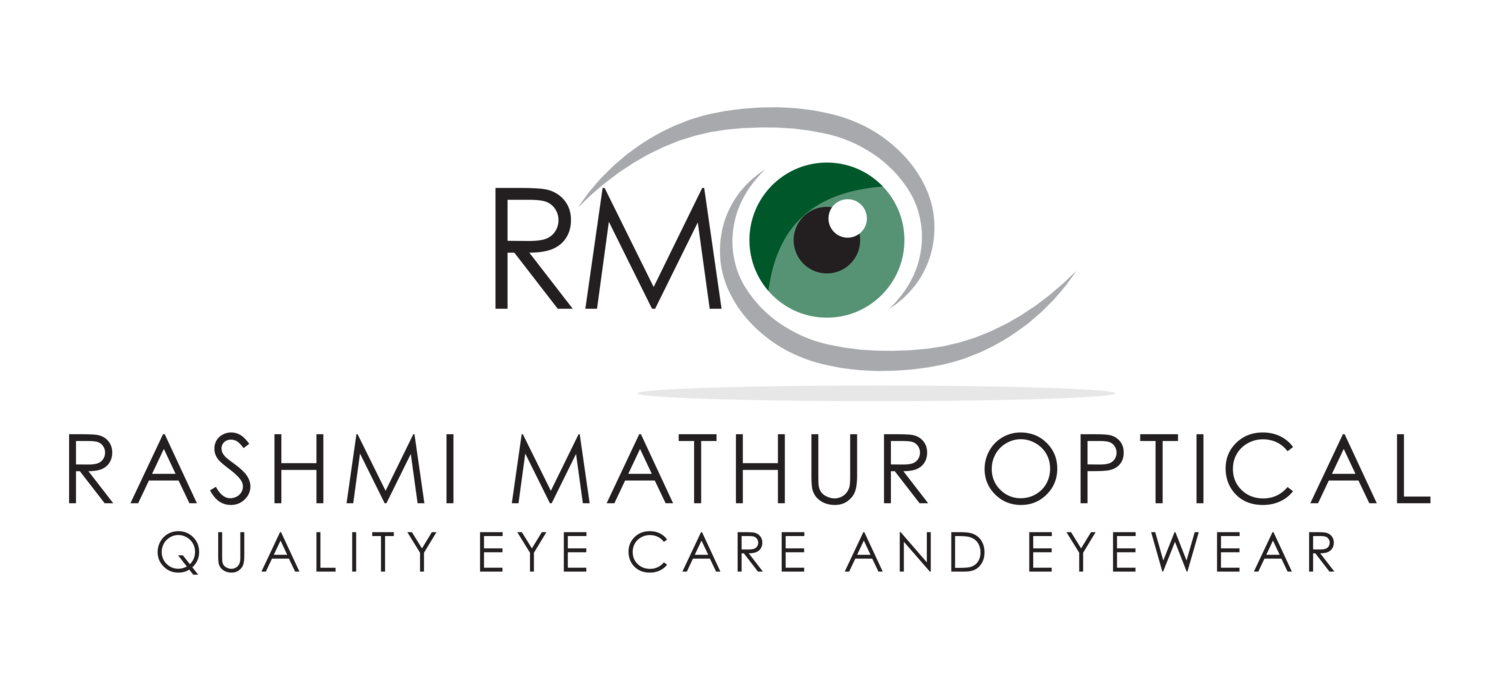
Clear vision in the day without glasses or contact lenses.
Image: Miquel Galofre
Orthokeratology or Ortho-K is the use of custom designed contact lenses to temporarily reshape the cornea overnight.
Terminology
- the treatment is called by many names:
CRT (Corneal Reshaping Therapy)
Overnight Vision Correction
Corneal Moulding
-the lenses are more accurately termed moulds or retainers.
Who is suitable?
We are initially offering it to patients who fall within these categories:-
Have a prescription of -1.00-to -5.50 Sphere and Cylinder 0.75
Have dry eyes
Enjoy exercise & outdoor sport
Those whose work environment is not suitable for contact lenses
People tired of wearing glasses or contact lenses during the day
Foggy glasses with masks
or, if you simply want to wake up and see clearly.
The process, how and why it works
The cornea can be equated to the first lens of a camera system that helps in focusing incoming light onto the retina. It contributes between 65-75 % of the eye's total focusing power. Orthokeratology works by reshaping this surface.
The lenses and the moulding are so precise that they alter only the superficial layer of the cornea.
Let’s put some perspective on this.
The total corneal thickness is 545 microns. The layer that Ortho-K changes (the epithelium) is 50 microns thick. Out of those 50 microns hydraulic forces alter the superficial 10-12 microns during the re-shaping process. The corneal epithelium sheds and is replaced every 7-10 days so all changes are temporary.
How are the lenses designed?
We use an instrument called a Corneal Topographer which uses reflected light to map and measure the corneas carefully and precisely. This allows the design of individual custom-made moulds.
The moulds use hydraulic forces to flatten the centre of the cornea thereby changing how light is bent as it enters the eye.
The moulds are rigid gas-permeable lenses made with a high DK material (for greater oxygen permeability). This makes them safe to wear under a closed lid while sleeping. When the lenses are removed in the morning, the cornea stays altered for a day (sometimes two) and vision is corrected without the need for glasses.
If you stop wearing the lenses at night, your eyes will revert to their original shape and the refractive error will return. Ortho-K is a temporary change. You must keep wearing the lenses regularly to have vision correction.

The process of reshaping
Wear the lenses at night while you sleep. Wake up being able to see without glasses or contact lenses.
The process
Ortho-K fitting is a highly specialised process and requires several visits.
Initial consult and suitability
Fitting
Visits on Day-1, Week-1, 1 month, 3 months, 6 months, 1-year (review appointments)
We will teach and instruct you on how to insert & remove the lenses as well as how to clean and disinfect them on the day of collection. This is normally a one-hour appointment. We then give you your lenses to go home with and book an appointment for the following morning to assess the fit and vision. Within the first week of wearing the lenses every night, most people achieve 80% of correction. For some people it can take two weeks. It is possible you may need a few adjustments to get to the final lenses. Once you get there, you’ll use the same lenses each night to maintain the correction. In this initial period results are very much dependent on patient compliance in wearing the lenses nightly.
How do they feel in my eyes?
Until you get used to them, for the first couple weeks, you will probably feel the lenses until you fall asleep. With time, they usually become more comfortable. Once your corneas have got to the desired curve, you will use a retainer lens to maintain your vision.
Is Ortho-K safe?
All contact lenses carry a risk of corneal infections in particular microbial keratitis. Eye infections can have serious consequences including lifelong vision impairment.
With improved lens material and patient education in handling the general risk is significantly less than it used to be. The risk of microbial keratitis to the contact lens-wearing individual is low; two to five per 10,000 wearers per year are affected, with a variation in the disease incidence based on lens type and patient compliance. This is the same as conventional extended wear lenses.
Patients must AVOID:
Tap water
Reusing disinfecting solutions
And MUST:
Wash hands before handling
Clean and sterilise lenses and lens case every morning
Use fresh solutions daily
Keep scheduled appointments
Symptoms of contact lens–related infections include:
Blurred Vision
Redness
Pain
Tearing or mucus discharge from the eye
Light sensitive
Foreign body sensation
Contact lens-related eye infections can cause serious vision loss or even blindness. If you have any of these symptoms, it is important to discontinue wear and call us immediately. Our out of hours number for EMERGENCIES is 686-7877

Environmental Impact
Daily wear users dispose of 730 lenses per year. With night lenses, we use just two!
Rashmi Mathur is a member of The American Academy of Orthokeratology and Myopia Control.







